Is Comparative Advertising Such A Good Idea? - Prabhakar Mundkur (By Invitation)
Someone once said, when the French don’t have an idea, they strip, the English tell you a joke, and the Americans sing.
And what about the Indians? If they can’t borrow from Bollywood or Cricket, it has to be comparative advertising!
But this time around its a soap war. And somehow it seems quite slippery, and is sure to have ITC frothing at the mouth.
Know the Enemy
Unilever in India seems to have set up kiosks at retail outlets where customers can test the effect of using its Dove brand, a detergent bar and another soap which unfortunately happens to be ITC’s Vivel. The comparative demo is a kind of litmus test.
While the traditional rivals have always been Unilever, P & G and Colgate, Unilever in India is probably missing their historical rivals, to launch an assault on ITC. The move by Unilever has forced ITC to request retailers to pull out their soap Vivel which is being used for the comparative demo.
So what prompted Unilever, the great global marauder of fmcg to such underhand tactics and to behave like a dwarf instead of a giant? Are they worried that Dove ( hey, isn’t that the one that has moisturising cream?) their most premium and famous soap which was first historically built on DEFI ( Directly Esterified Fatty Isethionate Technology ) has to resort to petty guerrilla warfare with Vivel which makes no competitive claims on Dove? Not to mention that the Dove campaigns over the last few years at least overseas, have caught the imagination of both the juries and the consumers.
Most people who have worked on the category know how basic the technology is in soaps and shampoos anyway.
Dove and Vivel
The 2015 Vivel and Dove ads seem to have different propositions making one wonder why Dove would see Vivel as competition. Unless the latest household panel data shows a gain/loss analysis which is in favour of Vivel? Or may be the recent comparative mall activation by Hindustan Unilever is only an extension of their Guessing Game TVC? Which is again nothing but a copy of the ‘Half Head Test’ first done by P & G in 1964 for their iconic brand Head and Shoulders Shampoo first introduced in 1961.. The half head test was used to demonstrate the effect of Zinc Pyrothione on dandruff.
The Dove ad idea is nothing but the Half Face test, where one half of the lady’s face is washed with an ordinary soap while the other half is washed with Dove. So Hindustan Unilever does not seem averse to picking up advertising ideas from its competitors besides inviting them to street fights where they do demos with competitive brands.
View
View Dove Beauty Bar : The Guessing Game Commercial
View Vivel Kiss Miss Film 2015
What makes a soap a soap?
According to Bureau of Indian Standards (BIS), there are two types of soap - toilet soap and bathing bar. TFM content in bathing bar should be less than 60% but not less than 40%, while toilet soaps are categorized in three sub-categories depending on their TFM content. The TFM content of Grade I toilet soap should be 76% or above. TFM content of Grade II toilet soap should be less than 76% but not less than 70%. TFM content of Grade III toilet soap should be less than 70% but not less than 60%. It is mandatory for toilet soap to mention the TFM value on the wrapper while in case of bathing bar, it is not obligatory to mention TFM value.
Toilet soap v/s Bathing bar
Toilet soap Bathing bar
TFM ranging from 60-80% TFM ranging from 40-60%
Surface active agents are absent Surface active agents are present
According to these standards, technically Dove is a bathing bar, but Vivel on the other hand is a Grade 2 soap with 73% TFM. Incidentally all the Godrej soaps are Grade 1 soaps. Even Mysore Sandal produced by the Karnataka Government is a Grade 1 soap.
Grade I soap has better cleaning ability and it is gentler on the skin than lower grade soap. Grade I soap has no filler (additive like talc) while Grade II and Grade III have a large amount of fillers. Sometimes fillers present in Grade II, Grade III and bathing bars may have bad effect on the skin. These soaps consume faster than Grade I soap when it comes into contact with water and they are also poorer in lathering.
If the TFM is low, this means, other than fatty material like moisturising cream, vitamins or ayurvedic materials or talc is added to soap.
How does a comparative retail test help Unilever? Well over time marketers have demonstrated that when they run out of real ideas and face competitive pressure, they normally resort to comparative advertising.
Should Comparative Advertising be Allowed?
Two years ago, a Hindustan Unilever ad showed two children brushing their teeth with Colgate and Pepsodent toothpaste, where packs of both brands were fairly visible. Then the children take a cavity test and the voiceover says that Pepsodent's Germicheck is 130% higher than Colgate against germ attacks.
View Pepsodent v/s Colgate - Advertisement
The Delhi High Court by its judgment dated August 21, 2013 dismissed the injunction petition filed by Colgate against Pepsodent. The Pepsodent-Colgate ad war had started on August 9, 2013 with the release of Pepsodent's latest advertisement that used Colgate's name in their ad claiming 130% better protection. This led Colgate to file a case in Delhi High Court on August 13, 2013. The court was not satisfied that Pepsodent's latest advertisement denigrated Colgate or has showed that it is better than Colgate.
Five years ago, another of its advertisements created a controversy by blatantly proclaimed that its laundry brand Rin was better than P&G's Tide.
View RIN vs TIDE Ad
Dove is also known to run activations like this one across the world. I leave you to decide what you think of this one. To me most women would feel self-conscious to walk through the 'beauty' door in front of the general public.
View Dove Choose Beautiful | Women all over the world make a choice ad
To conclude, I personally think that when you pick up your competitor and have a street fight out there in the market most of the time you are paying secret obeisance to your competition. You are acknowledging that perhaps they are better than you. And that you are feeling terribly threatened.
Which is not surprising considering that ITC has very serious ambitions in the fmcg sector, and in many ways Unilever in India has missed the enormous strength and competitiveness of its historical rival P & G.
But in ITC, Unilever India may have well met its match! ITC on its part has refused to be drawn into the controversy by making comments. Perhaps they believe in the old Sun Tzu quote 'If you know the enemy and know yourself, you need not fear the results of a hundred battles'.
*ITC : ITC is India's tobacco giant BAT in India which has diversified into Hotels and fmcg
**fmcg : fast moving consumer goods
Disclaimer: The opinions expressed in this article are those of the author, and do not reflect in any way of Adgully






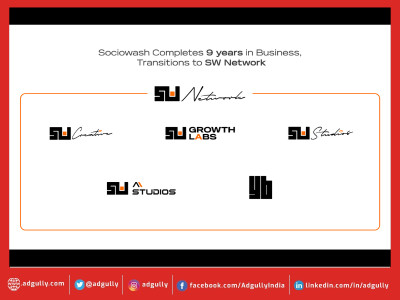
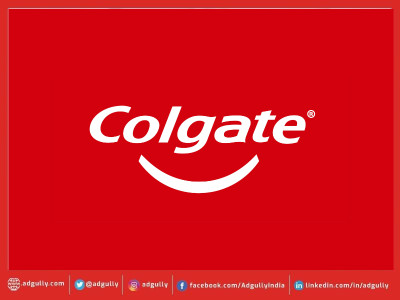
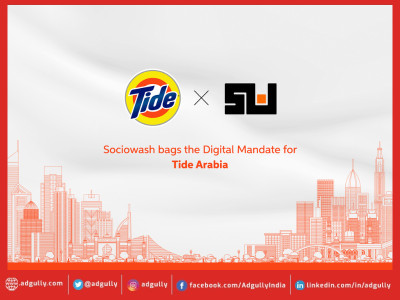
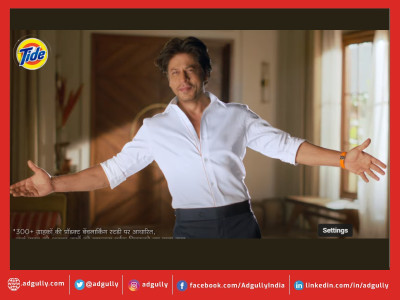

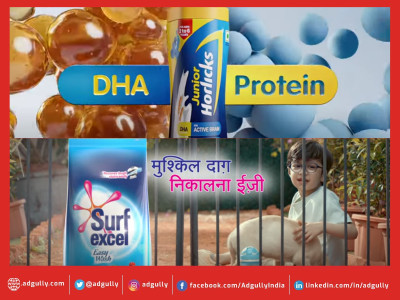

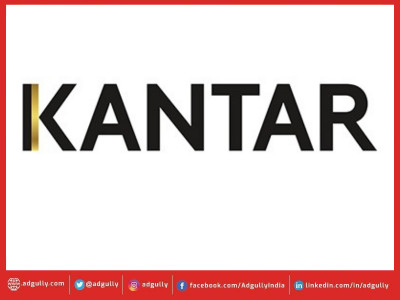
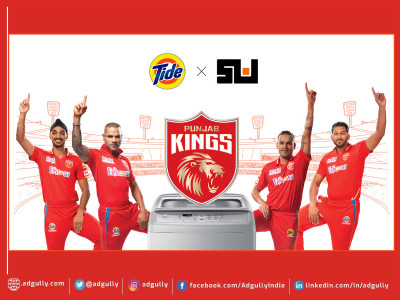


Share
Facebook
YouTube
Tweet
Twitter
LinkedIn